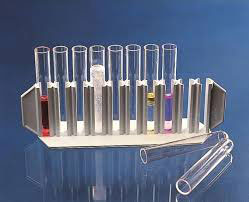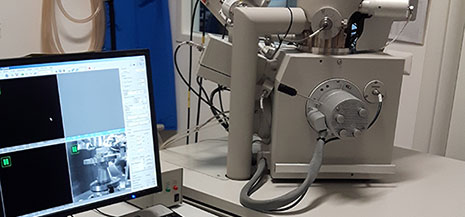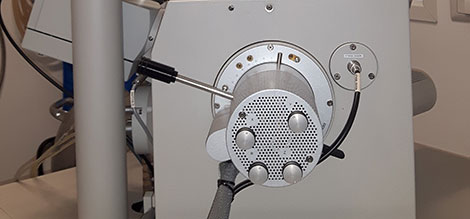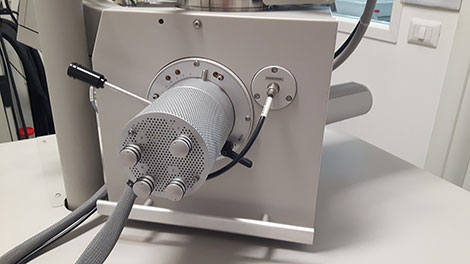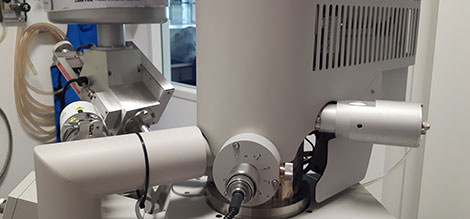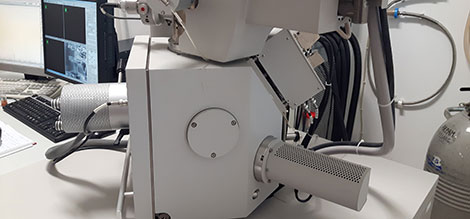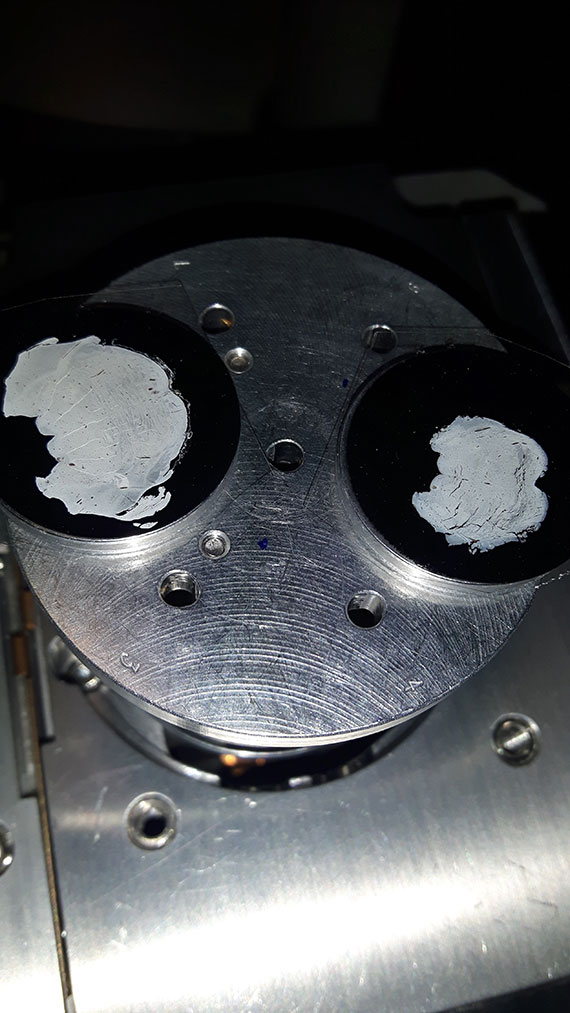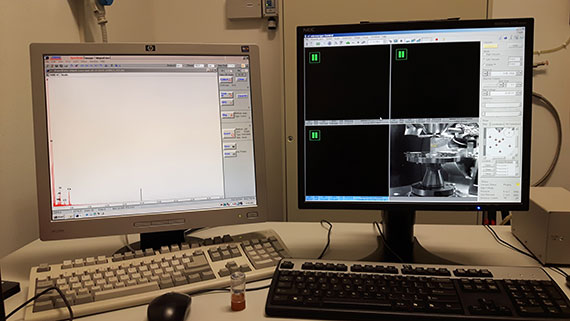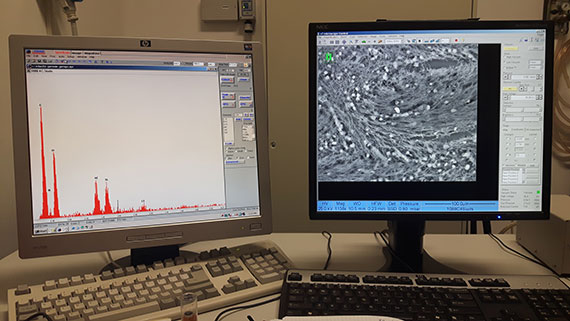Although less frequently than in other destinations, powders can be captured by the bladder where they can give rise to small disseminated neoplastic forms that can be attacked by introducing a probe into the organ passing through the urethra, that is the conduit through which urine is conducted outside the body and eliminated. This technique called cystoscopy allows us to see the cancerous formations and to remove them. The repetition of the method may prove necessary and may result in bladder injury as a serious side effect.
The prostate, the gland of the male genital apparatus in charge of the formation of the so-called prostatic fluid essential to nourish and act as a vehicle for spermatozoa, can also host particles and become a site of cancer. If prostate cancer becomes more and more common with advancing age and, therefore, is perceived as a classic pathology of old age, in our case it concerned a child who fell ill at the age of six of that tumor. Even in that case we could go back to the origin: particles clearly visible in the tissue.



